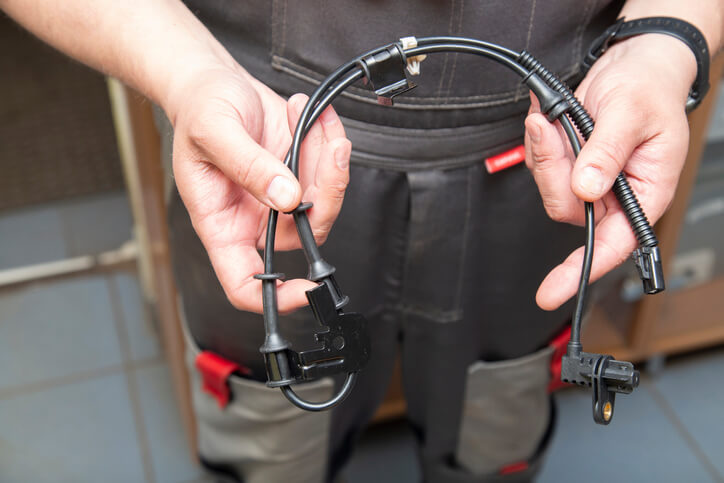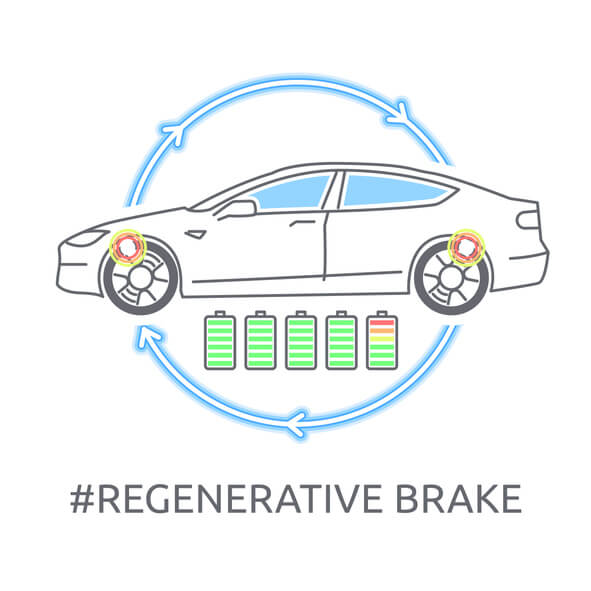Braking Systems 101: From ABS to Regenerative Braking in EVs
Brakes are among the most critical safety components in any vehicle. Understanding how they work, from older mechanical setups to modern innovations, is fundamental for anyone pursuing an auto mechanic career.
In this overview, we’ll explore the basics of anti-lock braking systems (ABS) and the innovative regenerative braking found in electric vehicles. These technologies demonstrate how braking has evolved to improve both safety and efficiency.
Anti-Lock Braking Systems (ABS)
Imagine you need to stop quickly on a wet or icy road. Slamming the brakes in such conditions can cause the wheels to lock up and the car to skid. This is where ABS comes in. Anti-lock braking systems are designed to prevent wheel lock-up during hard braking, helping the driver maintain control of the vehicle instead of skidding.
How ABS Works: When you brake hard, sensors on each wheel monitor wheel speed. If a wheel is about to lock up from heavy braking, the ABS computer momentarily reduces brake pressure on that wheel. It does this rapidly, pumping the brakes many times per second. This quick pulsing prevents the tire from fully skidding. By keeping the wheels rotating, ABS lets the car slow down quickly while still allowing steering during an emergency stop.
Key Benefits of ABS:
- Maintains traction: Prevents wheels from locking, so tires maintain grip on the road.
- Improves control: Prevents skidding, allowing you to steer while braking hard.
- Shorter stopping distance: On slippery roads, ABS helps the vehicle stop more quickly than a car without it.

For anyone training to become an auto mechanic, understanding ABS is essential. You’ll encounter components like wheel speed sensors and control modules when working on brake systems. Knowing how to service and troubleshoot ABS ensures you can keep this life-saving system in top working condition.
Regenerative Braking in Electric Vehicles
As automotive technology advances, braking systems now do more than just stop the car – they also help recover energy. Regenerative braking is a feature in hybrids and EVs that turns the vehicle’s momentum into electricity. In a conventional car, hitting the brakes wastes energy: the vehicle’s kinetic energy is converted into heat through friction between the brake pads and rotors. Regenerative braking, by contrast, recovers some of that energy and uses it to recharge the car’s battery while slowing down.
How Regenerative Braking Works:
- When the driver decelerates or presses the brake in an EV, the electric motor switches to generator mode.
- The spinning wheels force this motor-generator to rotate, producing electrical energy.
- The electricity generated is sent into the car’s battery and stored for later use.
- As the motor resists turning (while generating power), it creates drag that helps slow the vehicle.

Pros and Cons of Regenerative Braking
Regenerative braking offers major advantages. It boosts efficiency by recapturing energy that would otherwise be lost as heat, increasing the vehicle’s driving range. It also means less wear on traditional brake parts because the electric motor handles part of the braking force.
However, EVs still need conventional friction brakes when regenerative braking alone isn’t enough, like during emergency stops or at very low speeds. In practice, regenerative and friction brakes work together seamlessly to ensure the car can stop safely.
Braking technology has come a long way, from purely mechanical systems to smart, energy-recuperating systems. Enrolling in an auto mechanic school will teach you not only how to fix and maintain brakes, but also why modern systems like ABS and regenerative braking are so important.
ATC Surrey Auto Mechanic Training Emphasizes Vehicle and Driver Safety
ABS represents safety, preventing skids and helping drivers maintain control, while regenerative braking represents efficiency, making vehicles more eco-friendly. By mastering both systems, you’ll be ready to work on everything from traditional gasoline cars to the latest electric models. ATC Surrey equips students to keep drivers safe and vehicles running efficiently.
Are you looking for automotive training with an edge?
Contact ATC Surrey for more information.


